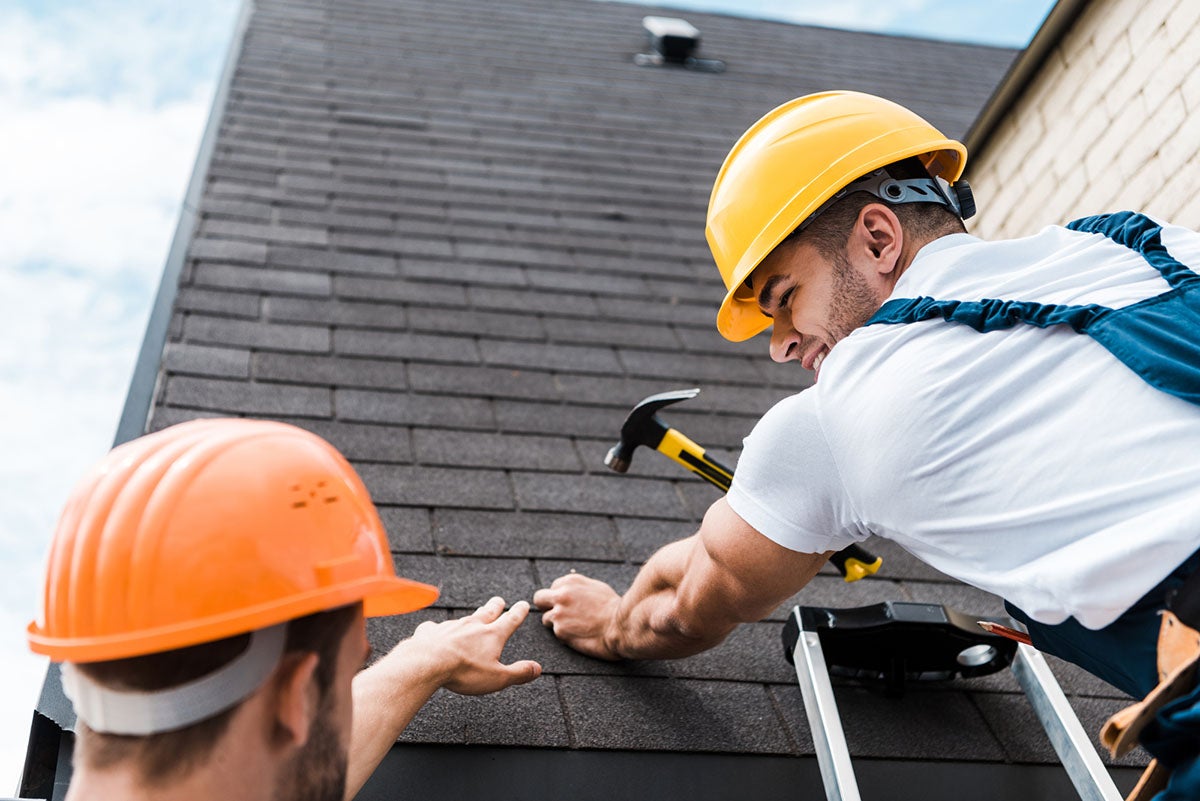Hard water is high in minerals like calcium and magnesium. It causes buildup, stains, and interference with daily water applications like plumbing, cleaning, and bathing. Water softeners eliminate these minerals to produce soft water.
We often recommend water softeners if you have moderate to very hard water (61 to more than 180 mg/L). Transitioning to soft water results in a prolonged lifespan for plumbing and water-related appliances, enhances the overall water quality, and more. To delve deeper, let’s explore ten key advantages of integrating water softeners:
#1 Better Tasting Water
Excessive minerals can result in an unpleasant aftertaste, impacting beverages like tea, juice, and coffee. The presence of iron, sulfur, or magnesium due to mineral buildup can lead to metallic or acidic flavors in water.
Employing a water softener prevents mineral accumulation, eliminating these metallic or acidic tastes. Sweeter-tasting water encourages more family members to hydrate and enhances the quality of foods and beverages prepared with the same water source.
#2 Nurturing Skin Health
Water rich in minerals tends to dehydrate the skin. High levels of calcium and magnesium in hard water hinder proper lathering with soap and cleaning products. This deficiency in lather leads to increased soap usage. Hard water’s poor rinsing ability also leaves limescale residues, contributing to dryness. This dryness prompts increased oil production, leading to clogged pores and acne. Moreover, hard water aggravates skin conditions such as eczema and irritates infants’ delicate skin.
By embracing soft water, the absence of mineral residues ensures thorough soap lather rinsing, resulting in clean and supple skin, free from dryness and irritation.
#3 Silky Hair Texture
Hard water also does not lather well with shampoo and other hair products, causing people to use more. It then leaves limescale deposits in hair as it does not rinse shampoo lather well. These mineral deposits dry out the hair, making it feel rough and more prone to getting tangled.
By using water softeners, hair is free from limescale deposits, feeling smoother and softer to the touch.
#4 Prevent Lime Buildup on Pipes
Hard water’s high mineral content leads to limescale deposits within pipes, triggering rust and corrosion in the plumbing system. This deterioration often results in leaks and premature fixture replacements. However, employing water softeners introduces soft water, gradually eradicating limescale and effectively flushing it from the system. This prevents costly damage and ensures a robust plumbing infrastructure.
#5 Extend the Lifespan of Water-Using Appliances
The mineral-rich composition of hard water fosters limescale accumulation, affecting water heaters and dishwashers. These deposits impede functionality, causing potential clogs and rust within the appliances. Water softeners mitigate this issue by generating soft water that gradually dissolves these buildups. Consequently, these appliances regain optimal performance levels, operating more quietly and efficiently, free from disruptive buildups.
#6 Cleaner Dishes
Hard water’s poor compatibility with soap’s sodium salts results in stubborn stains and spots on dishes. The limescale residue from hard water dulls the dishes instead of imparting a shiny finish. However, when soft water blends seamlessly with soap, it effortlessly rinses away the suds without any mineral residues.
#7 Softer and Brighter Laundry
In addition to affecting dishwashing, hard water also impacts laundry. When detergent encounters hard water, it fails to penetrate effectively, leaving limescale residues embedded in fabrics. Consequently, clothes feel stiffer and are prone to static. Yet, by harmonizing mineral content using water softeners, detergent efficiently interacts with soft water, revitalizing clothes to a brighter and softer state, free from residual mineral deposits.
#8 Reduce Cleaning Time with Less Chemicals Used
Hard water usage demands a surplus of soap and cleaning agents due to the poor reactivity of minerals, notably calcium and magnesium, with the sodium salts present in these cleaning solutions. This interaction not only fails to optimize cleaning but also results in the persistent presence of limescale and red ferric stains. Contrastingly, soft water significantly reduces the necessity for cleaning products while eliminating unsightly stains.
#9 Saves You Money
Soft water saves money by preventing costly replacements of plumbing fixtures and appliances. It causes lower energy bills as appliances used with hard water consume more energy to perform well against limescale buildup. There are also more water savings as it requires less water to clean and rinse away cleaning agents.
#10 Stain-Free Car Washes
The absence of impurities in soft water eliminates the chalky residue and red ferric stains commonly left by hard water during car washes. These ferric stains, prevalent in hard water, often contribute to paint damage post-wash, a problem circumvented by using soft water.
Does Your Water Need a Water Softener?
In summary, the transformative benefits of water softeners extend far beyond cleaner dishes and softer laundry. Soft water is the key to a more efficient and cost-effective household, from safeguarding your plumbing system against limescale buildup to enhancing the longevity of your appliances.
Embrace the difference soft water can make in your daily life and explore its advantages. Know the hardness of your water quality by delving into our Water Quality Analysis page. Discover the potential for a healthier, more efficient home today.






